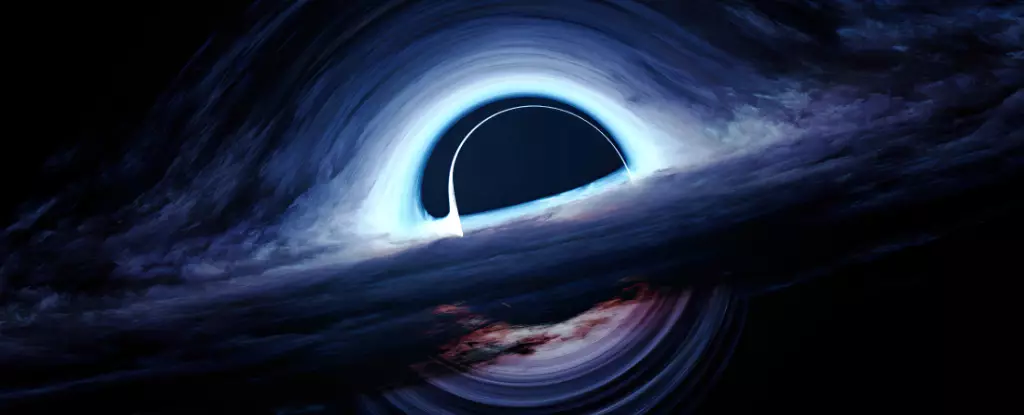Supermassive black holes, with masses reaching up to a billion times that of the Sun, represent some of the cosmos’s most formidable and mysterious entities. Their presence at the centers of galaxies often concerns astronomers, as their growth and formation challenge our understanding of cosmic evolution. This article delves into the complexities of these astronomical giants, focusing on their origins, growth mechanisms, and the latest advancements in observational astronomy.
The notable luminosity of quasars—compact sources of light powered by supermassive black holes—indicates that these entities existed when the universe was only a billion years old. The challenge lies in explaining how such massive objects could have emerged in such a relatively short cosmic timeline. To address this enigma, scientists propose several theories surrounding their formation.
One possibility is the existence of primordial black holes, which may have formed shortly after the Big Bang. While this idea holds merit for smaller black holes, it struggles to account for the abundance and mass of supermassive black holes that we detect today. The standard cosmological model suggests that while stellar-mass black holes form during the life cycle of massive stars, the mechanism for generating supermassive entities remains ambiguous.
Another theory revolves around the idea of “heavy seeds.” These hypothetical black holes would have masses substantially greater than those of typical massive stars. It has been suggested that the direct collapse of primordial gas clouds, influenced by dark matter, could lead to the formation of these heavy seeds. However, the rarity of dark matter halos large enough for this process to take place presents a significant limitation to this explanation.
Supermassive black holes gain mass through a process called accretion, wherein they consume nearby matter. This process is not continuous; rather, it occurs in bursts likened to snacks rather than feasts. The consequences of this feeding lead to variations in brightness and radiation emissions, which astronomers can observe. However, such variability complicates our ability to enumerate the total number of black holes.
In an extensive five-year observational study of early galaxies, astronomers tracked changes in brightness, revealing a startling revelation: numerous black holes inhabit these galaxies, far exceeding previous estimates. Use of advanced telescopes, particularly the James Webb Space Telescope (JWST), has further illuminated the cosmos, allowing scientists to glimpse deeper into the ancient universe.
In seeking to explain the rapid emergence of black holes, researchers have introduced unconventional models. One fascinating approach involves the notion of “dark stars.” In this scenario, dark matter particles become integrated into the formation of early stars, preventing nuclear ignition and prolonging their growth. These stellar giants may eventually transition into massive black holes.
Despite theoretical models explaining how these dark stars could develop, they would face the same insurmountable gravitational forces that govern all black holes. Eventually, even dark stars would yield to the ultimate collapse, forming significant supermassive black holes. This new understanding posits that such processes played a critical role in the black hole abundance observed in the early universe.
Recent years have marked a pivotal shift in our understanding of black hole formation and growth. Upcoming observational missions, like the Euclid Space Telescope and the Nancy Grace Roman Space Telescope, promise to expand our knowledge of fainter quasars in the early universe, ultimately contributing to a more comprehensive census of black holes. However, the anticipation surrounding the JWST looms large in the community.
The JWST’s unparalleled sensitivity in imaging and analysis positions it at the forefront of cosmic exploration. With the potential to witness black hole formation events and capture the associated explosions of collapsing pristine stars, scientists are on the cusp of monumental discoveries. Thus, the next five years are crucial as researchers aim to reconcile theoretical predictions with observational evidence and refine our understanding of supermassive black holes.
While the birth and evolution of supermassive black holes present a conundrum in astrophysics, ongoing advancements in observational technology and innovative theories are paving the way for a clearer understanding of these awe-inspiring cosmic giants. The universe’s mysteries lie in wait, and with diligent effort, astronomers may uncover the secrets surrounding one of nature’s most formidable phenomena.


Leave a Reply